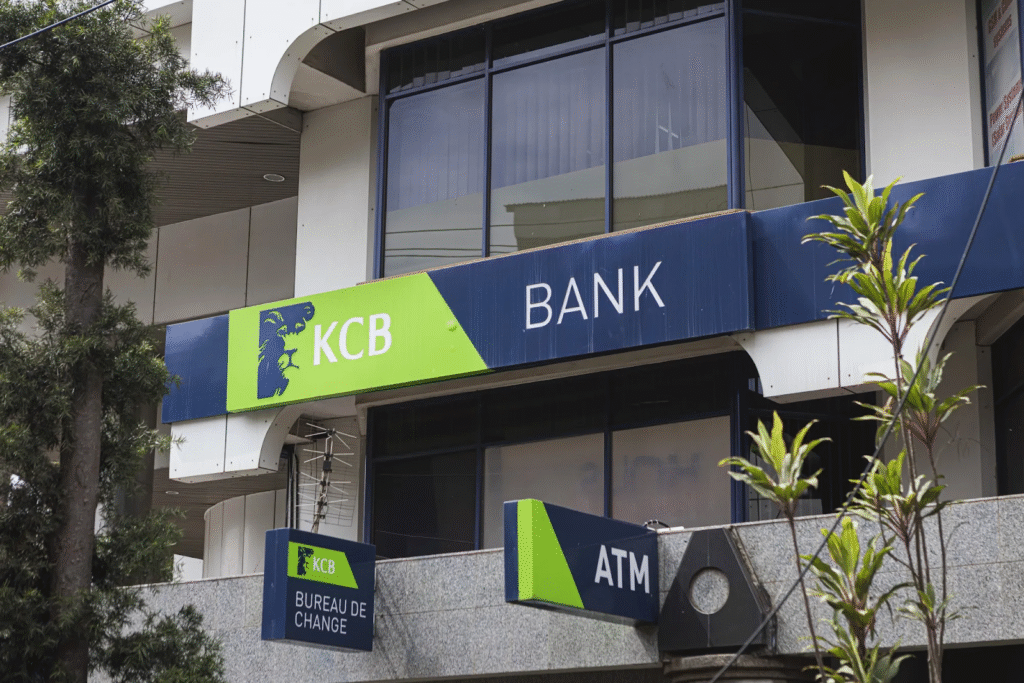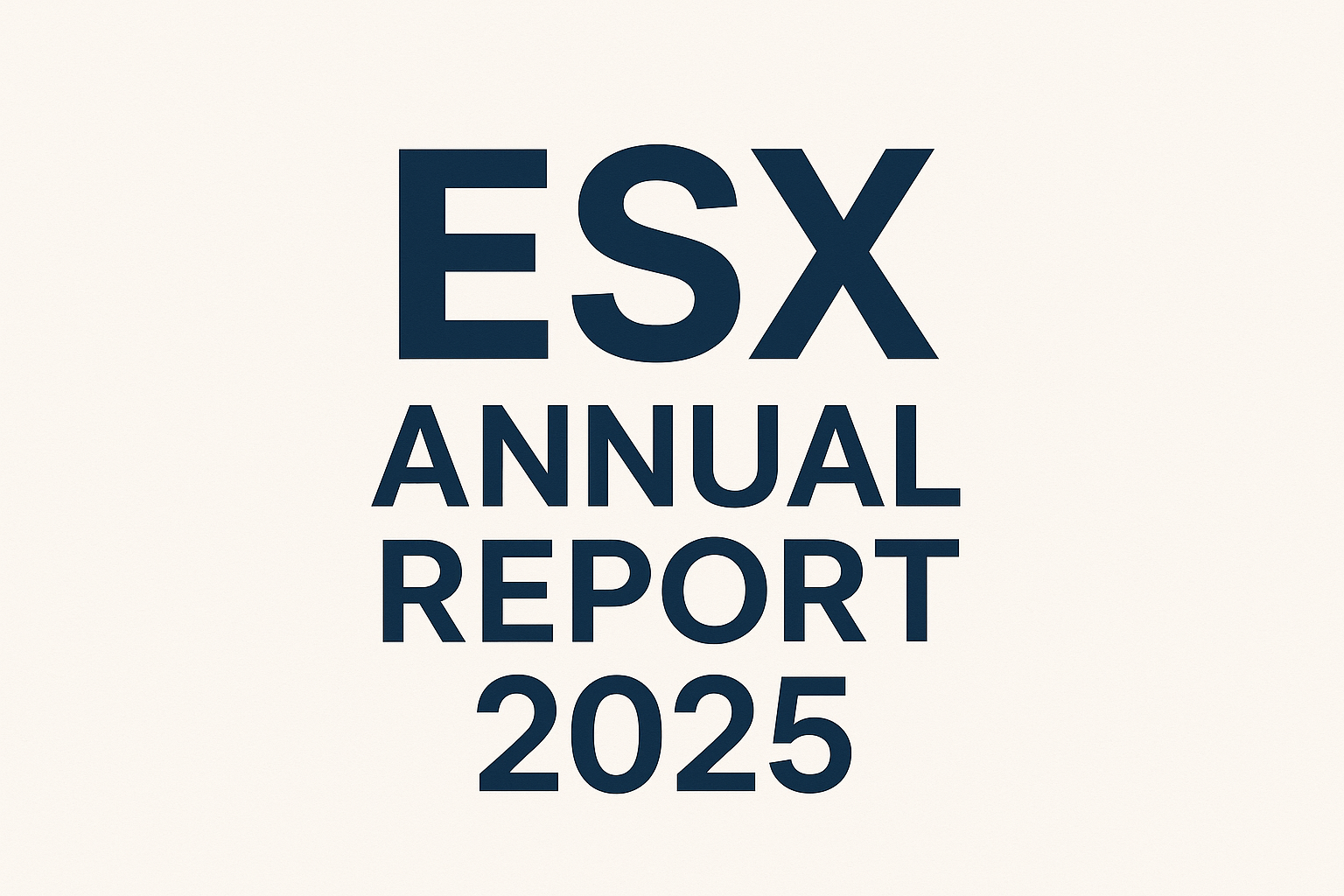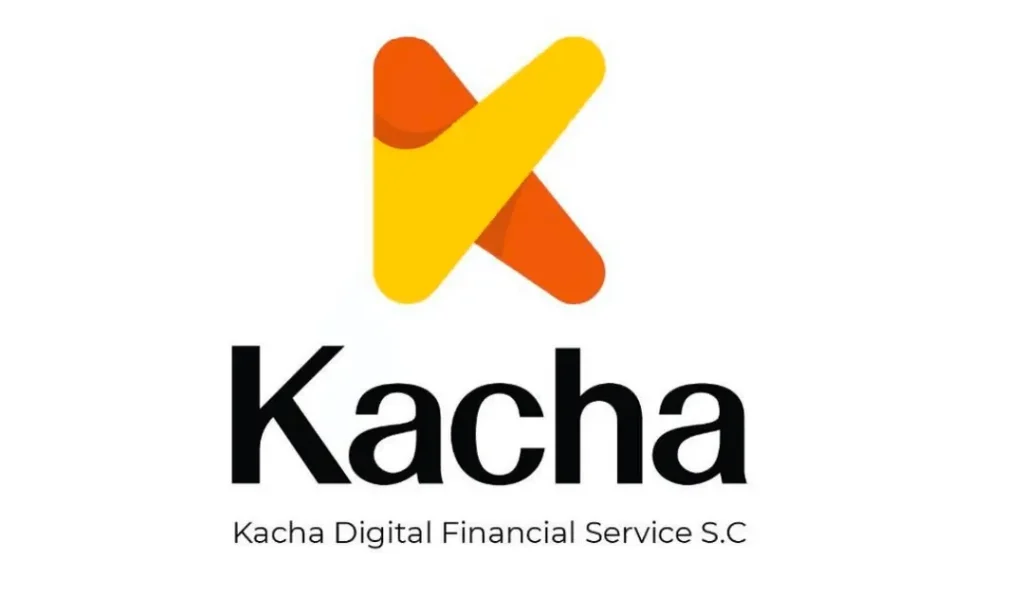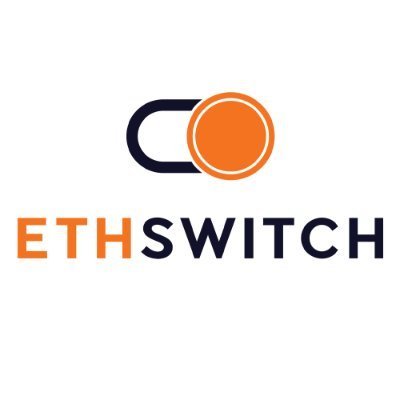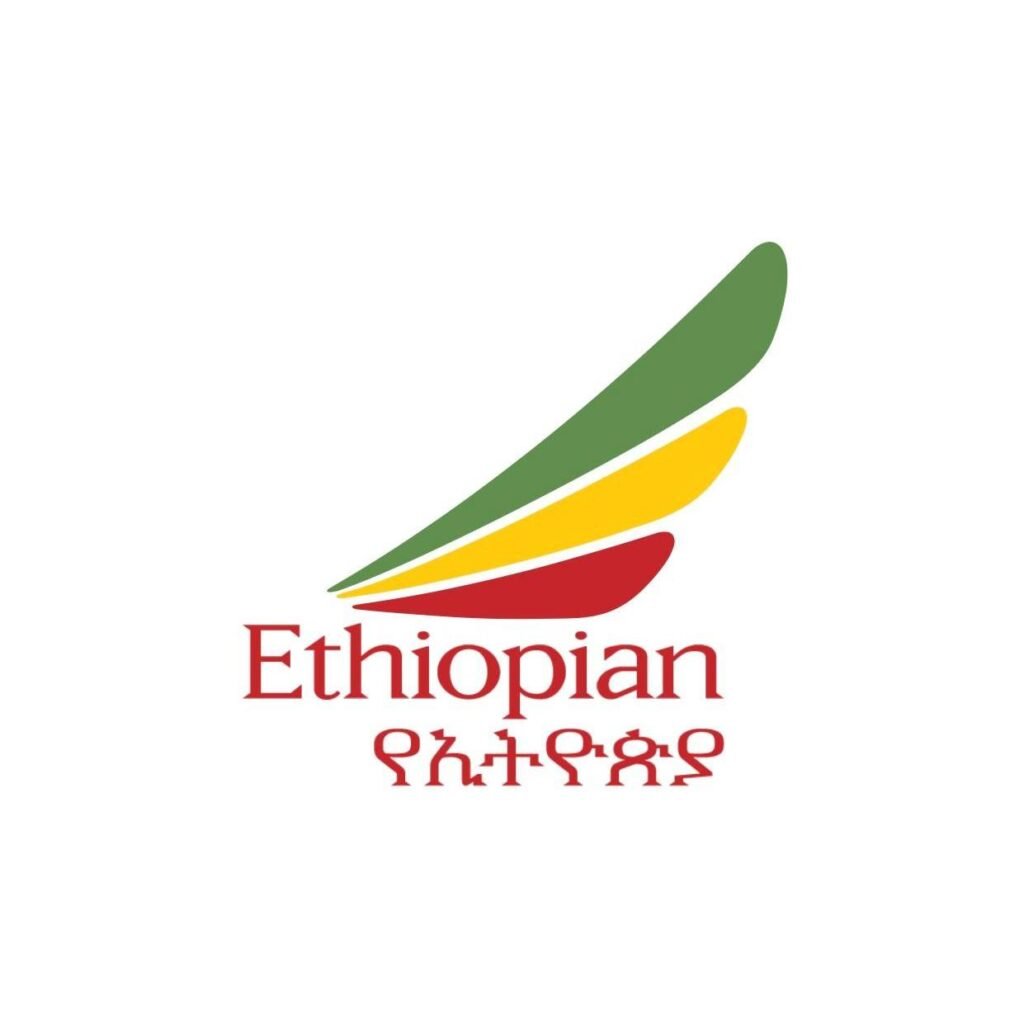KCB lines up Ethiopia entry with 40% stake talks as Addis opens banking to foreign players
KCB Group is in advanced talks to acquire up to 40% of an Ethiopian bank within the next 12–18 months, positioning the Nairobi-listed lender to be among the first foreign entrants under Ethiopia’s new banking liberalization regime. The plan, attributed to KCB finance chief Lawrence Kimathi in an interview reported by Business Daily Africa, would be funded in part by proceeds from KCB’s sale of National Bank of Kenya (NBK) to Nigeria’s Access Bank Plc, a transaction completed in May.
To operationalize the law, the National Bank of Ethiopia (NBE) issued Directive SBB/94/2025 on June 25, 2025, setting licensing criteria. Minimum paid-up capital is ETB 5 billion (≈USD 36–40 million) for both foreign subsidiaries and branches—funds must be remitted in acceptable foreign currency. Representative offices must evidence USD 100,000 in annual operating funds.
KCB has a 25-year footprint in regional expansion, including recent scale moves, like the one in Rwanda: Acquired Banque Populaire du Rwanda (BPR) (regulatory close in 2021), later launching BPR Bank Rwanda after integrating operations and DRC: Completed acquisition of Trust Merchant Bank (TMB) in Dec. 2022 (85% stake), unlocking a high-growth, resource-rich market. These transactions complement established subsidiaries in Uganda, Tanzania, South Sudan, Burundi and others, underpinning regional earnings diversification cited in KCB’s latest investor materials.
Ethiopia, >120 million people, has moved to modernize finance as part of a broader reform package, including an IMF program and a managed currency float, steps that have signaled intent to international investors despite macro risks. KCB arrives with fresh balance-sheet flexibility after exiting NBK and with steady earnings momentum: in H1 2025 the group reported higher pretax profit and highlighted growing contributions from regional units. Management has framed Ethiopia as a digital-first growth play aligned to KCB’s regional model. KCB is pursuing a minority acquisition (up to 40%) in a local bank—an approach that could accelerate time-to-market relative to building a greenfield subsidiary. The target has not been publicly named. Ownership constraints: Ethiopia’s cap of 40% for a single foreign strategic investor—and a 49% aggregate foreign limit—may circumscribe control and valuation. Reporting indicates KCB has considered an exemption request if a compelling partner emerges. Whether via subsidiary or branch, KCB would need to remit ETB 5 billion in foreign currency to meet NBE’s minimum capital rule.
Target stake: Up to 40% in an Ethiopian bank (target undisclosed). Foreign-ownership limits: 40% per strategic investor; up to 49% total foreign. Minimum capital (subsidiary/branch): ETB 5 billion (≈USD 36–40 m) remitted in foreign currency. Applications open: June 2025 (NBE). Deal firepower: NBK sale to Access Bank Plc completed May 30, 2025.
If finalized, a 40% Ethiopian stake would mark KCB’s next big step in East Africa’s largest under-served banking market within a regulatory framework still bedding in. Execution hinges on agreeing valuation with a local partner, satisfying new licensing conditions, and navigating caps that limit control but aim to protect domestic interests.
References;
- Ethiopia’s banking-liberalization law & ownership caps (Reuters, Dec. 17, 2024). Reuters
- NBE application window for foreign banks (Reuters, Jun. 25, 2025). Reuters
- Directive SBB/94/2025 overview page (NBE) & capital rules (legal notes). National Bank of EthiopiaMondaq
- NBK sale completion (KCB/Access announcements). Access Bank Kenya
- KCB recent results (Reuters H1 2025). Reuters
- Context on potential hurdles (The Africa Report). The Africa Report

